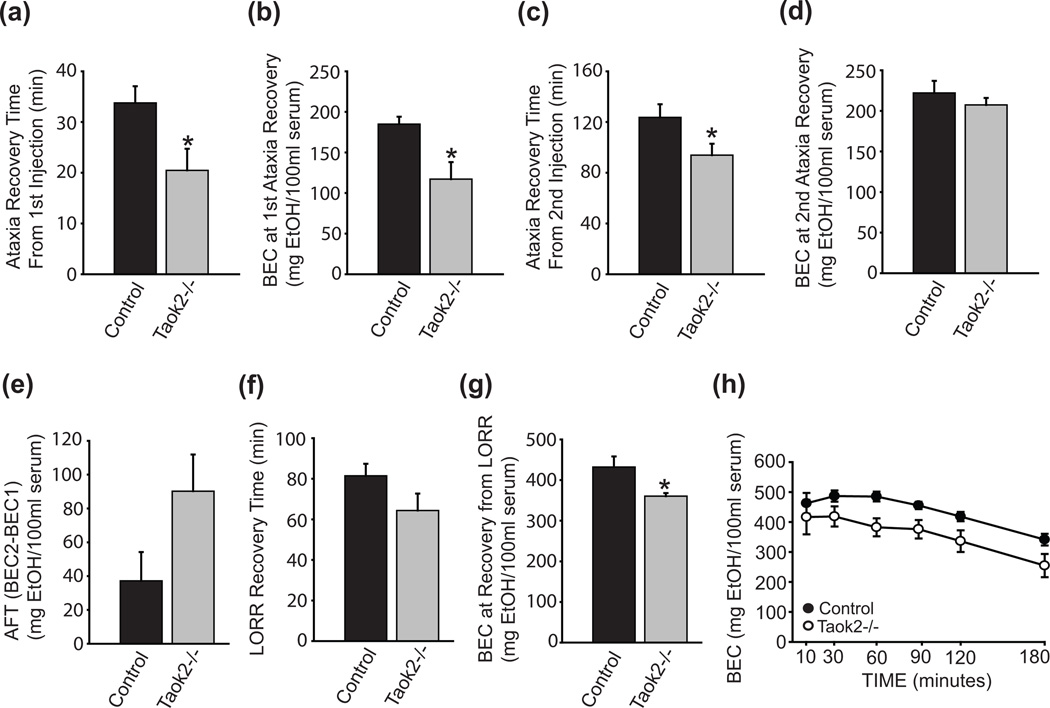Figure 2. Constitutive loss of Taok2 in mice confers resistance to the acute ataxic and sedative effects of ethanol.
(a) Taok2−/− mice (n = 10) recover more quickly from the ataxic effects of an initial 1.5g/kg dose ethanol than control mice (n = 11). (b) BEC1 is reduced in Taok2−/− mice upon recovery from the ataxic effects of ethanol. (c) Taok2−/− mice recover more quickly from the ataxic effects of a second 1.5g/kg injection of ethanol (d) BEC2 is comparable among control and Taok2−/− mice upon recovery from a second injection of ethanol. (e) Taok2−/− mice show a trend toward increased ethanol-induced AFT. (f) Taok2−/− mice show a trend toward resistance to the sedative effects of ethanol in the LORR assay. (g) BEC levels are significantly decreased upon recovery of the ethanol-induced loss of righting reflex in Taok2−/− mice compared to control subjects. (h) Altered metabolism of a 4g/kg dose of ethanol is observed in Taok2−/− mice (n = 7) compared to control animals (n = 8). Error bars are mean ± SEM. Asterisks indicate level of significance (* P < 0.05).

